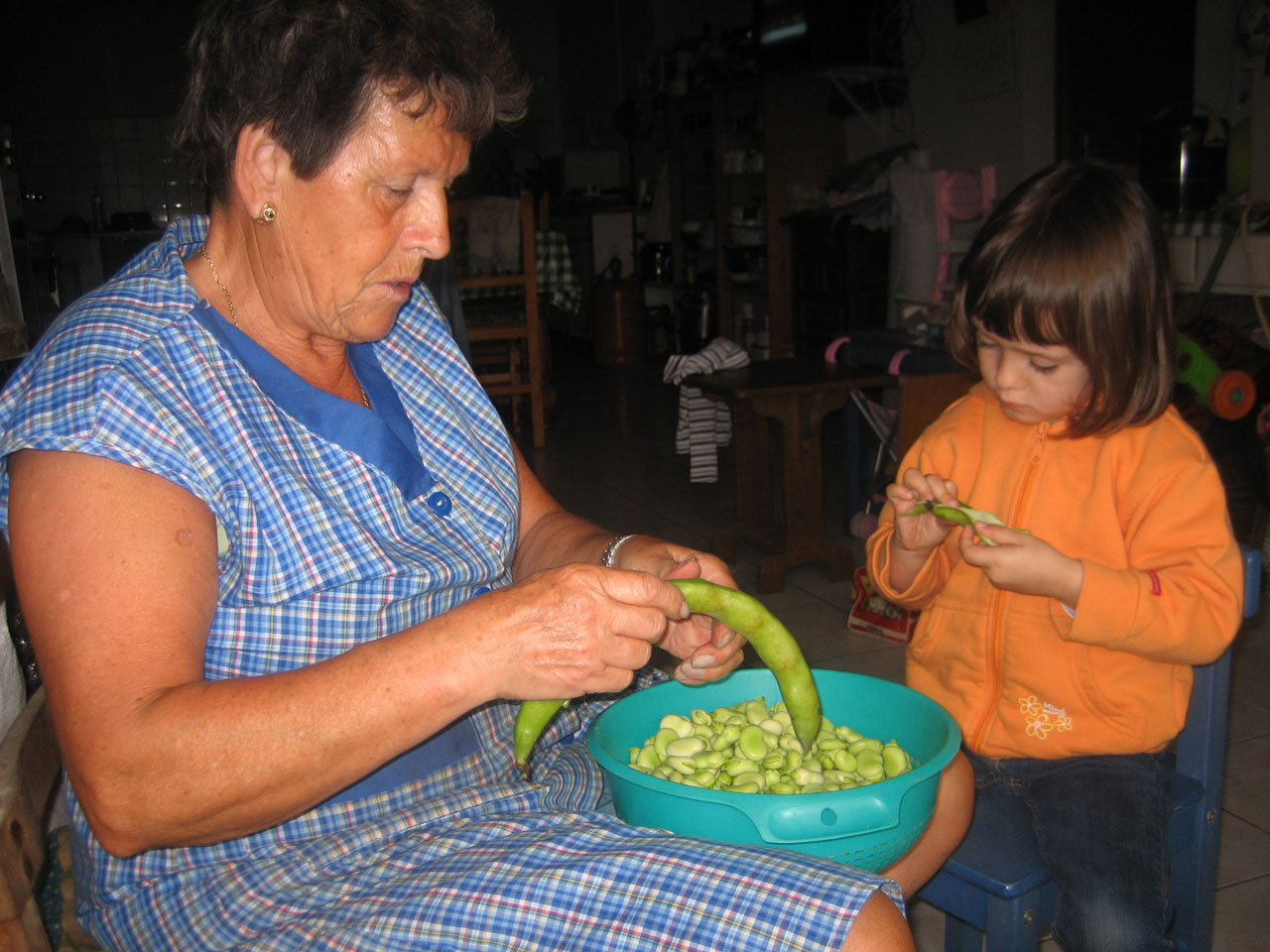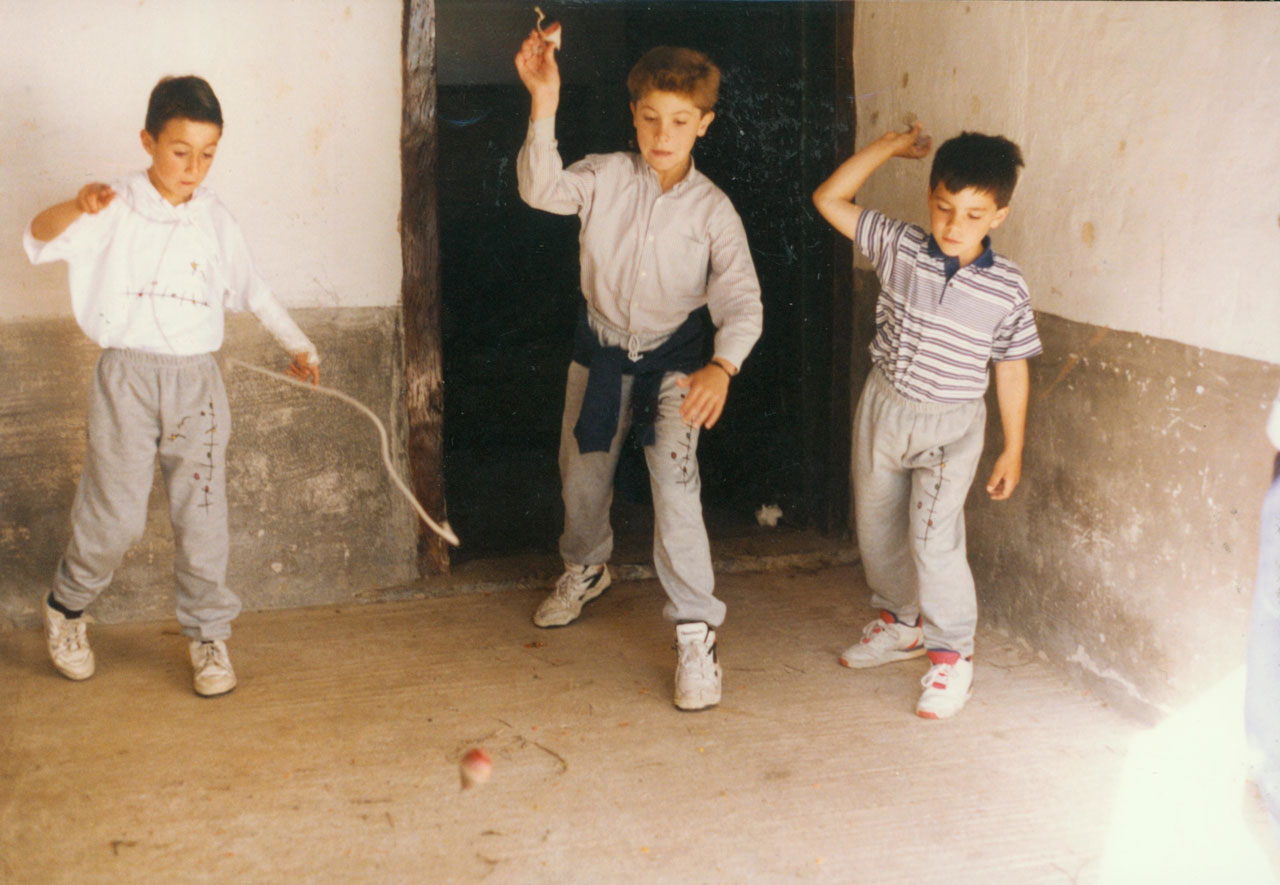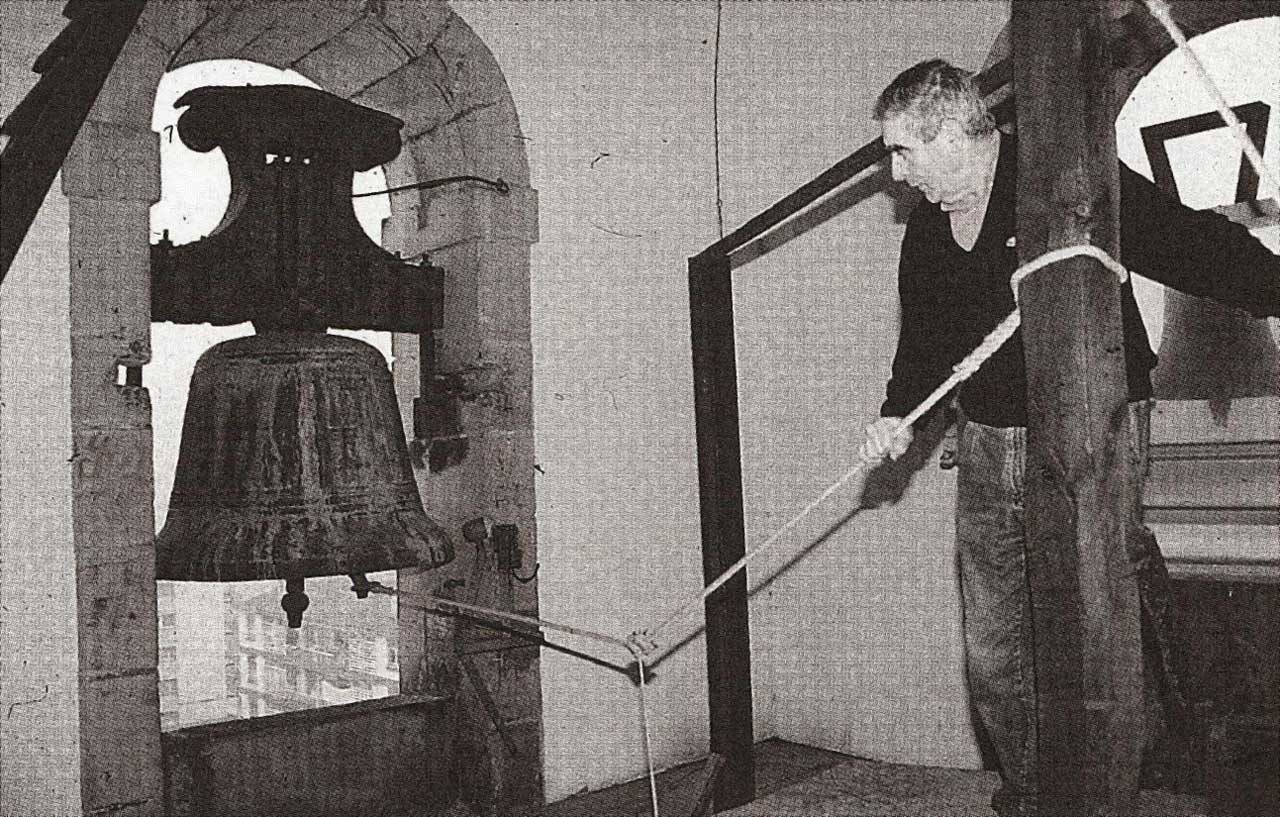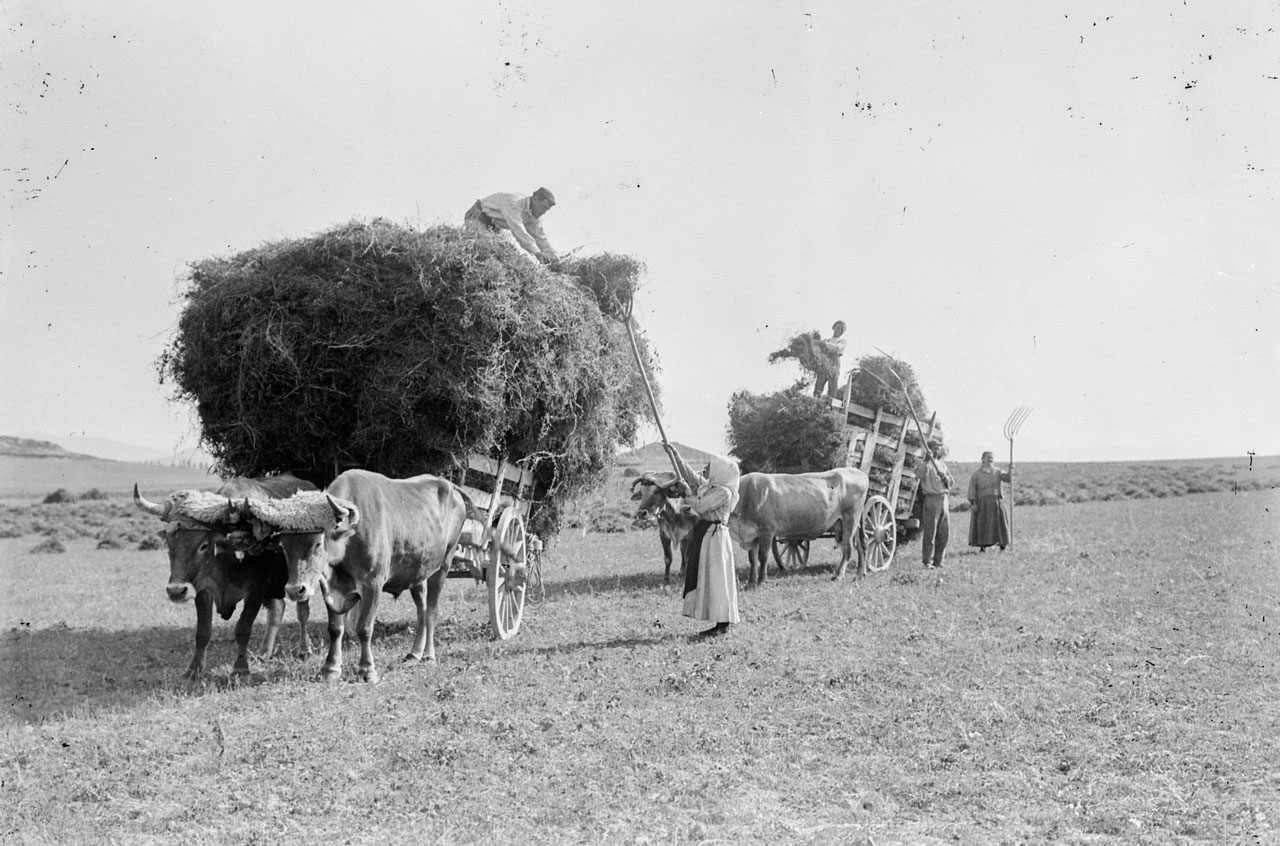Main Page/en
De Atlas Etnográfico de Vasconia
Revisión del 12:42 27 ene 2020 de Admin (discusión | contribuciones)
Old and young husband and wife. Areatza (B), beginning of the 20th century. Source: Rubén de Las Hayas’ private archive.
House and Family in the Basque Country


House and Family in the Basque Country
The aim was to ensure that the family wealth, taken to be the farmstead and its belongings, would be passed on in full or only slightly diminished, and improved if possible, from parents to their offspring.
Family Diet in the Basque Country


Family Diet in the Basque Country
Beans and broad beans were the most widely grown legumes and were traditionally an important part of the diet.
Children’s Games in the Basque Country


Children’s Games in the Basque Country
Changes in the adult world are also necessarily reflected in the children’s world. It should not be forgotten that those changes also affect the world of beliefs, convictions and rites underlying many traditional games; many of which would be stripped of meaning, some would fall into disuse, others would persist and would adapt to the new circumstances.
Traditional Medicine in the Basque Country


Traditional Medicine in the Basque Country
Ona da ardaoa, kentzeko burutik beherakoa. Treat a cold with a hot toddy.
Nuclear family. Artea (B), c. 1930. Source: Labayru Fundazioa Photograhic Archive: Felipe Manterola Collection.
Rites from Birth to Marriage in the Basque Country


Rites from Birth to Marriage in the Basque Country
Any bachelor, or spinster, traditionally continued to be linked to the homestead and to be an integral part of the family.
Funeral Rites in the Basque Country


Funeral Rites in the Basque Country
Tolling the bell was a very effective way of announcing the death in rural settlements.
Pastando en Eneabe. Zeanuri (B), 1996. Fuente: Archivo Fotográfico Labayru Fundazioa: José Ignacio García.
Ganaderia y pastoreo en Vasconia


Ganaderia y pastoreo en Vasconia
Hace dos milenios Plinio distinguía el Vasconum saltus, húmedo y boscoso, del Vasconum ager con sembrados de cereales y viñedos. Aquella distinción sigue vigente en lo que se refiere a la ganadería.
Agricultura en Vasconia


Agricultura en Vasconia
Tanto la fuerza humana como la animal, hasta la introducción de la maquinaria moderna, han tenido una influencia decisiva en la forma de trabajar y en los cultivos.








